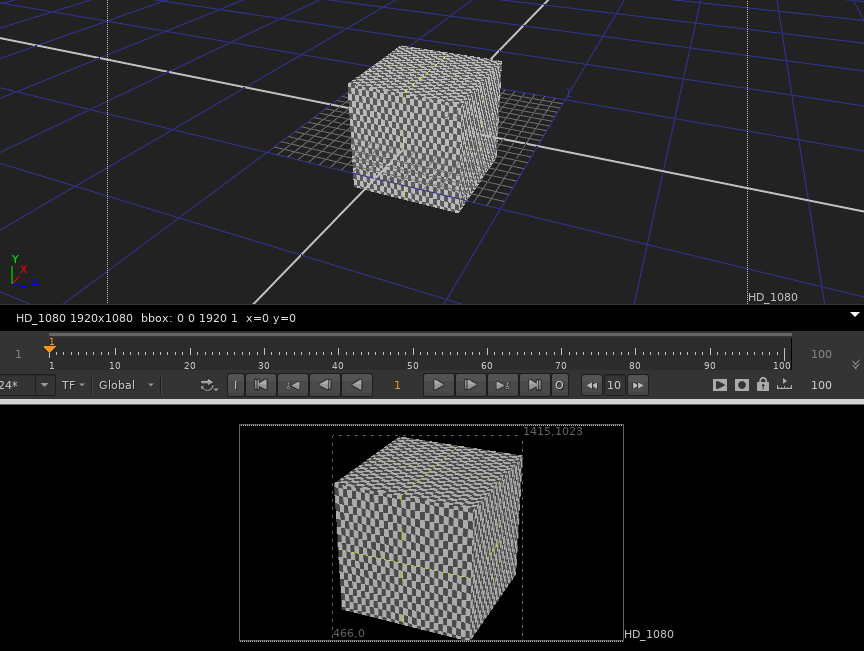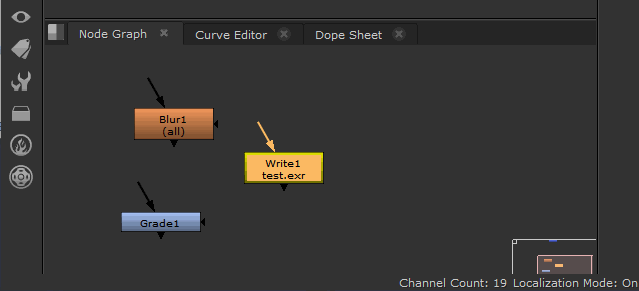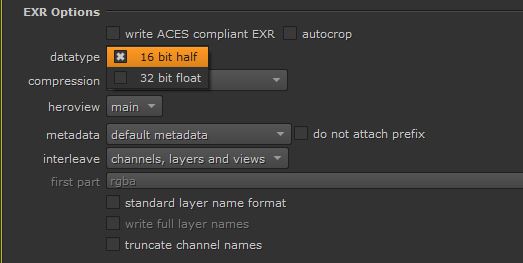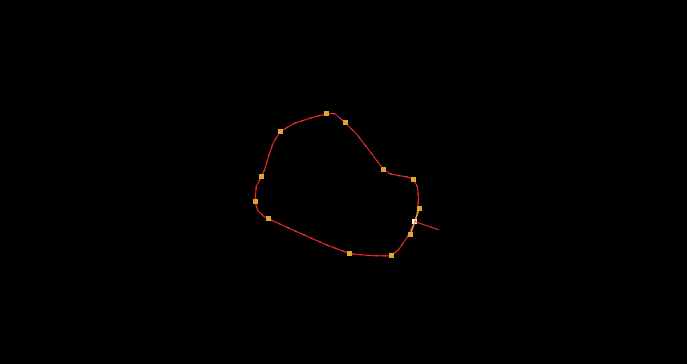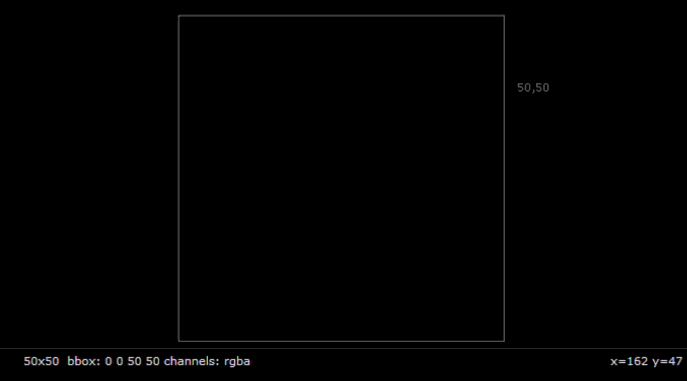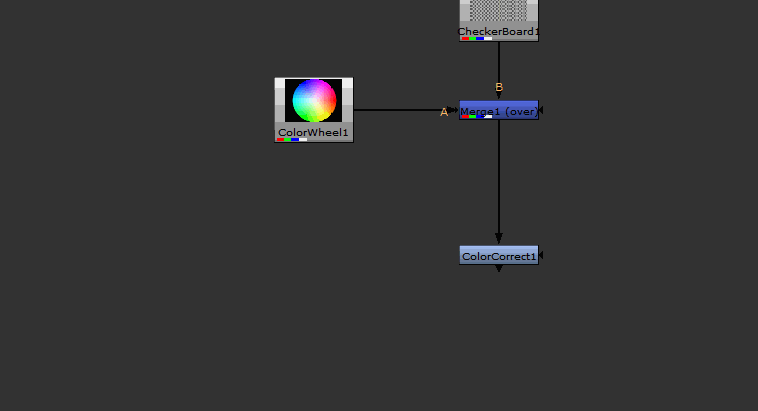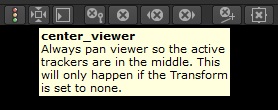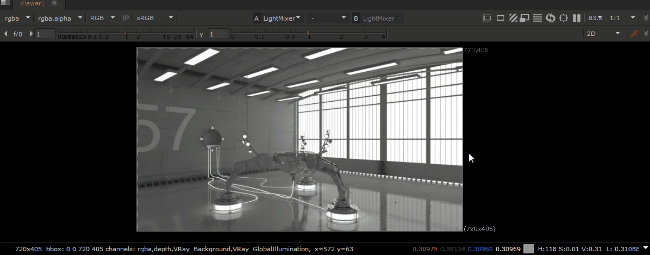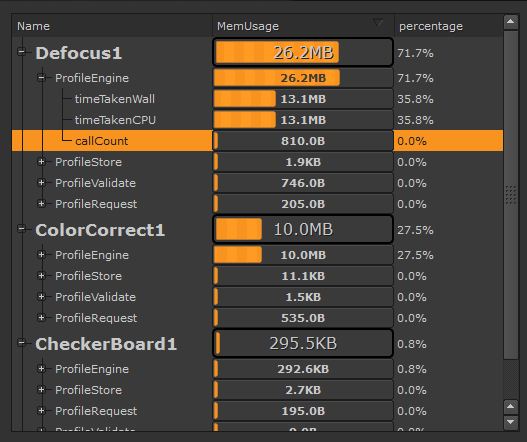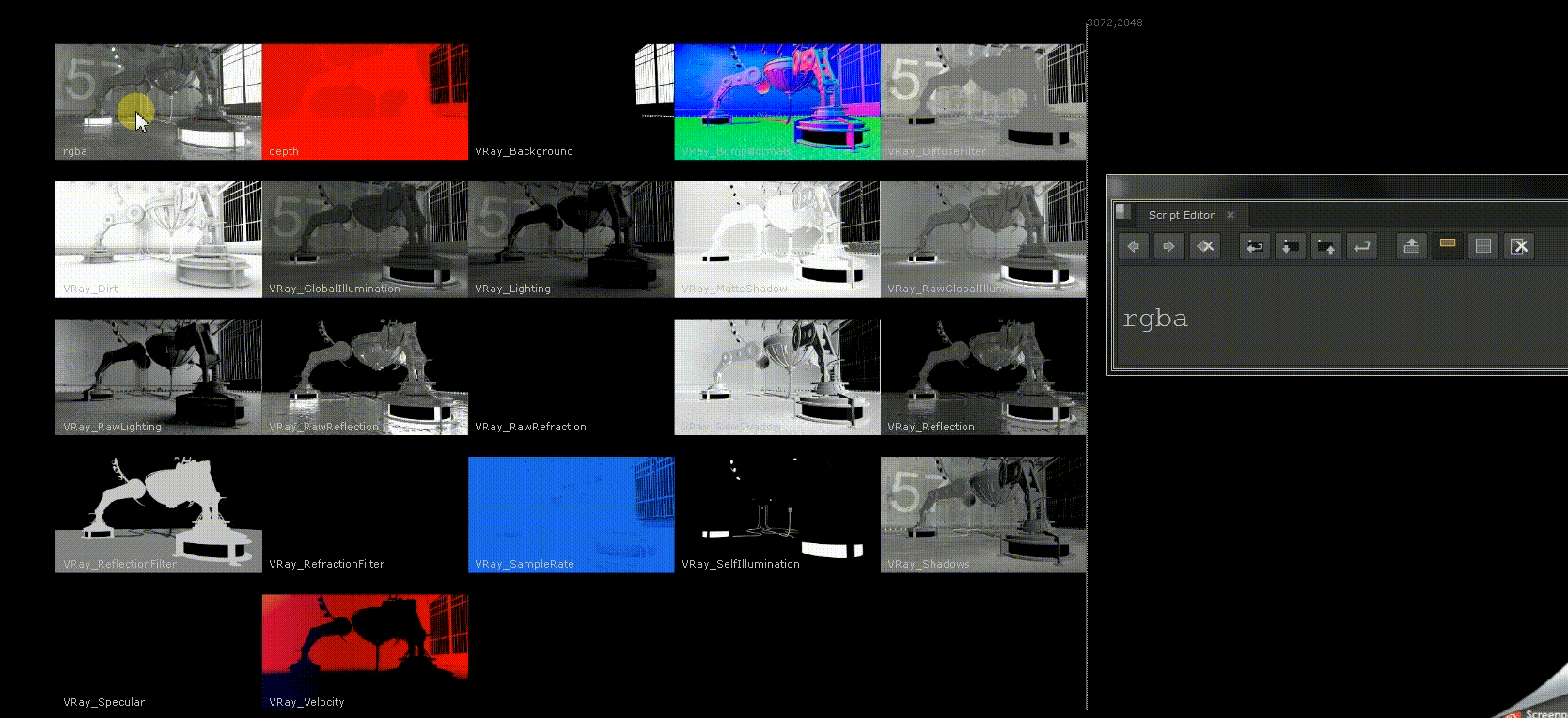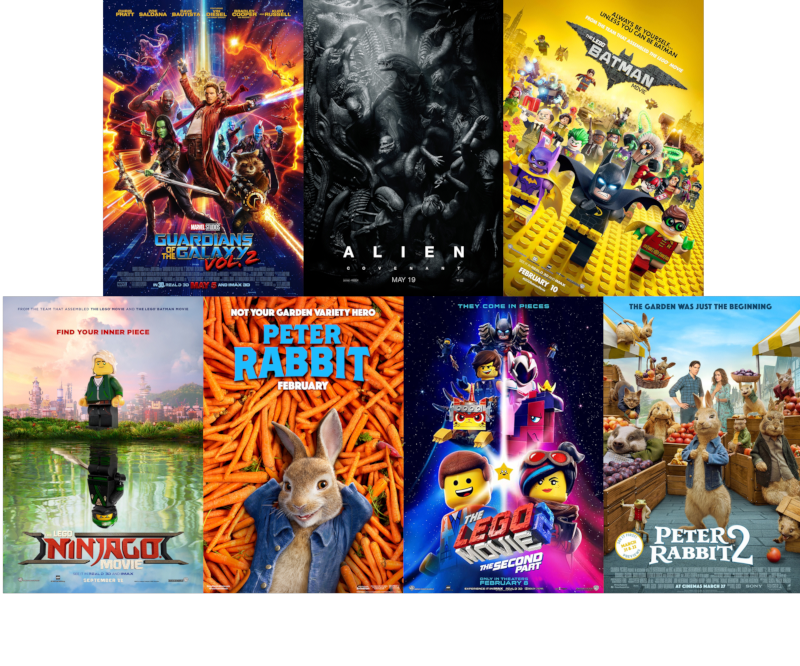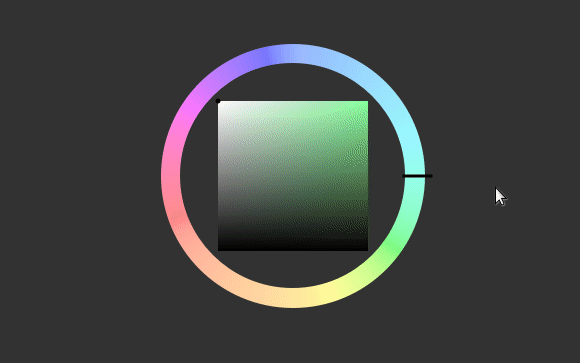
Okhsv Qt Colour Picker
Björn Ottosson's OkLab perceptual color space is fascinating and couldn't resist trying out some sort of implementation of it. After playing around with the interactive demo for Okhsv and Okhsl colour pickers, I set out to try and create a Qt colour picker based on Okhsv.
At the time of writing there are no existing Python implementations of Okhsv/OkHsv, so I've uploaded my translation to Github
As custom colour space support is limited in Qt I went with using a QRadialGradient and mapped the standard sRGB values to Okhsv based on the libraries by Björn.
Besides the radial offset compared to the demo, my Qt implementation seems to be working as expected. Looking to the future, I hope this prototype inspires people with more application support for OkLab on the way.
